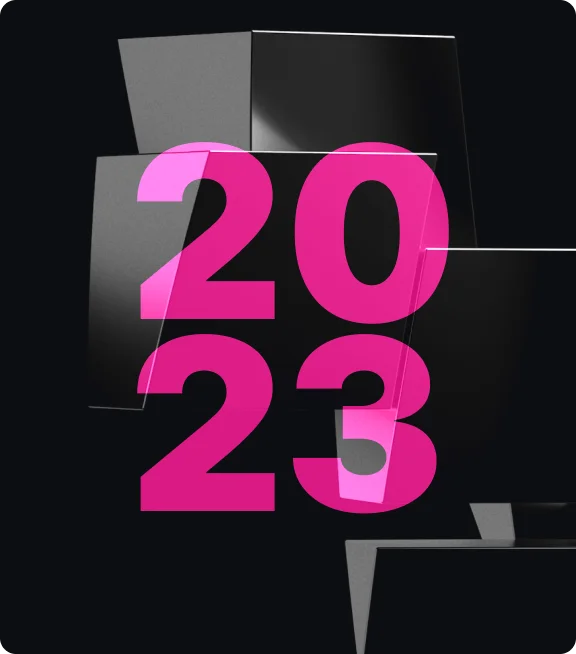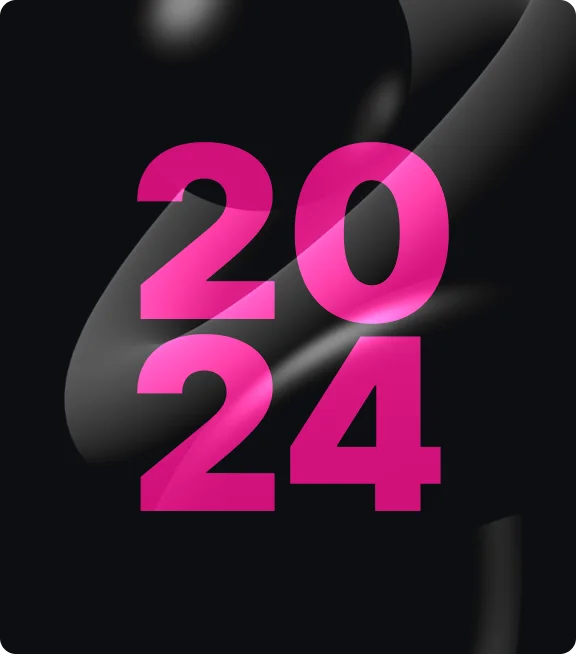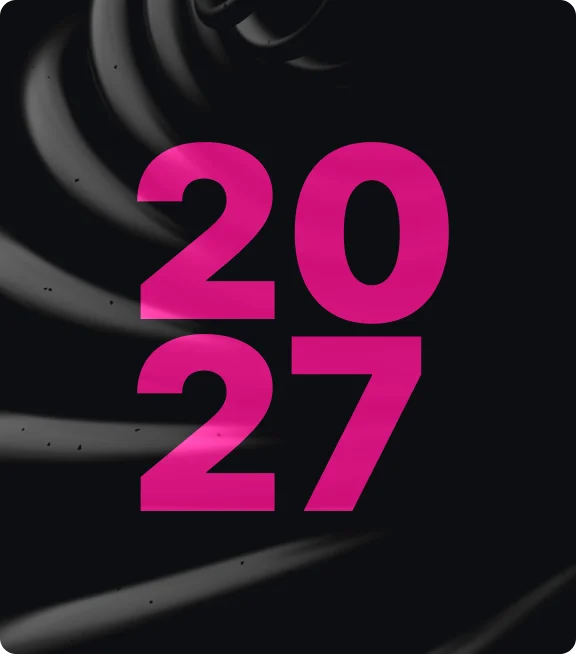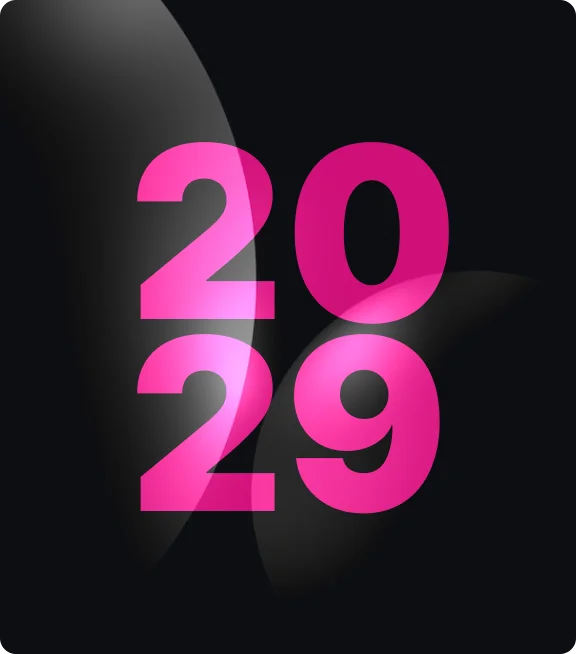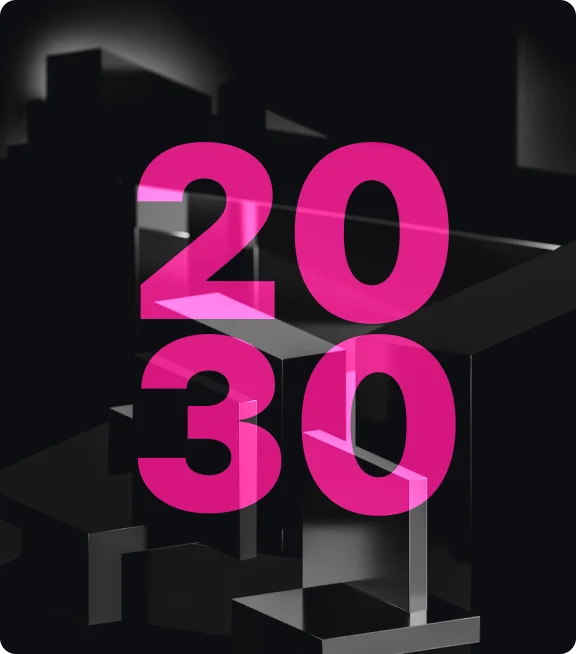The platform will be in use worldwide by 2030. What began in Germany and has proven itself in Europe is now part of a global network. In North America, South America, Australia, parts of Asia and Africa, we support organisations in setting up digital self-help structures based on a locally adapted but centrally supported system.
In this system, AI is not just an assistant, but an active knowledge agent. It recognises recurring patterns across languages, cultures and healthcare systems. It distinguishes between what works universally and what needs to be adapted to the context. And it learns which recommendations work - not only "medically", but also in human terms.
At the same time, there is a clear division of labour: the platform takes care of the breadth, while the organisations focus on the depth. This means that the platform offers sound initial advice, explains, filters and structures, while the people behind the organisations can take care of complex cases, emotional support, political advocacy and special issues.
AI does not replace anyone. It relieves the burden. It creates space for the essentials. It enables action - even where resources are lacking.
The platform itself becomes a neutral place for global self-help - independent of health insurance companies, the pharmaceutical industry or political agendas. It is open, decentralised and can be integrated locally. And it is constantly evolving, fuelled by feedback from those who use it: Patients, relatives, professionals and organisations.
What began in 2023 as a pragmatic response to recurring problems is now a globally deployable infrastructure for human orientation in dealing with illness.
2023 - 20 years of experience, a recurring pattern
We have been working with patient organisations for over 20 years. And for 20 years, we have repeatedly encountered the same challenges. They appear different on the surface, but at their core they always have the same root cause.
This realisation was the starting point for a systematic analysis. We compared existing projects, identified parallels and began to develop a solution that could be used universally. In doing so, we consciously defined where customisation is necessary, where it can be optional - and where it is not desired at all from the user's point of view.
Our aim is to select the best available approach for each problem. Best-of-breed - well thought-out, practical, tried and tested.
2024 - From strategy to reality
A good strategy remains theory as long as it is not tried and tested. So we tested our solution with a partner from the field and developed a functional prototype. Feedback from users and organisations was directly transferred to the development of the alpha version.
It was about more than just functionality: the platform should not only solve problems, but also be intuitive to use - with the aim of making "ease of use" and "joy of use" a tangible experience. For the customer and the user.
It was still unclear whether the prototype could be transferred to other organisations without major adaptations. We took this question into the next phase.
Investment outlay: EUR 50,000.
2024 - From strategy to reality
A good strategy remains theory as long as it is not tried and tested. So we tested our solution with a partner from the field and developed a functional prototype. Feedback from users and organisations was directly transferred to the development of the alpha version.
It was about more than just functionality: the platform should not only solve problems, but also be intuitive to use - with the aim of making "ease of use" and "joy of use" a tangible experience. For the customer and the user.
It was still unclear whether the prototype could be transferred to other organisations without major adaptations. We took this question into the next phase.
Investment outlay: EUR 50,000.
2025 - The platform grows with reality
As feedback from the field grew, it became clear that patient organisations are too diverse for a purely standardised system. So we fundamentally revised the platform - both technically and conceptually.
The modules were made customisable, editorial freedom was expanded and interfaces to existing systems such as Salesforce were integrated. The technological basis became more robust, more scalable - and barrier-free, right down to the backend.
At the same time, we expanded the focus: the platform had to be self-explanatory - no training was required. And it had to be designed in such a way that our customer service could be largely automated.
The result was the beta version, which we used to go live with other organisations.
Investment outlay: EUR 150,000.
2026 - We go to the market
2026 marks the transition from closed testing to the market. The amount of feedback is growing, as is the variety: technical bugs, operating issues, feature requests. All of these are collected, evaluated and incorporated into further development - in an agile and focussed manner.
In the first quarter, we will make the revised version available to other organisations. In the second quarter, we start marketing the first release candidate.
The first AI component will also be used with RC1: it analyses user behaviour, recognises content correlations and recommends suitable pages - personalised, data-based and with noticeable added value.
Another key feature of this phase is the forum. It is fully integrated into the existing infrastructure and offers organisations an interactive space for exchange and self-organisation.
2026 - We go to the market
2026 marks the transition from closed testing to the market. The amount of feedback is growing, as is the variety: technical bugs, operating issues, feature requests. All of these are collected, evaluated and incorporated into further development - in an agile and focussed manner.
In the first quarter, we will make the revised version available to other organisations. In the second quarter, we start marketing the first release candidate.
The first AI component will also be used with RC1: it analyses user behaviour, recognises content correlations and recommends suitable pages - personalised, data-based and with noticeable added value.
Another key feature of this phase is the forum. It is fully integrated into the existing infrastructure and offers organisations an interactive space for exchange and self-organisation.
2027 - Scaling with a system
2027 is all about expansion. Our goal is to gain five per cent of the approximately 100,000 patient organisations in Germany for our platform. The focus is on small to medium-sized organisations - up to 1,000 members.
The reason: larger organisations have more complex requirements. However, our goal is a highly standardised product that meets the needs of 80 percent of organisations to at least 90 percent.
At the same time, we are developing new functions - including an integrated CRM solution and a funding generator. Both modules will significantly expand the benefits of the platform.
AI is also being further developed. It learns from data which measures are effective for which clinical pictures. It recognises commonalities - in medication, sport, nutrition and psychological and social issues. The results remain internal, but help us to make the platform more intelligent.
2028 - The platform becomes European, AI becomes context-sensitive
In 2028, we will cross language and national borders. Because diseases don't respect national borders - and neither should digital solutions. We are starting the Europe-wide rollout of the platform and bringing it to the first pilot countries: Austria, Switzerland, the Netherlands, Sweden and Spain. We are not only adapting the language and legal situation, but also the logic of the AI.
Our AI is learning to understand cultural differences in communication about illness, treatment and self-help. It recognises that recommendations are perceived differently in Scandinavia than in southern Europe. And it learns to turn this into relevance rather than arbitrariness - adapted to contexts, but with a common foundation.
The platform is not just being translated - it is being understood anew by people in different countries, with different disease realities and care systems. AI is the link here - it recognises patterns, simplifies complexity and, for the first time, begins to think about health contexts on a Europe-wide scale.
2028 - The platform becomes European, AI becomes context-sensitive
In 2028, we will cross language and national borders. Because diseases don't respect national borders - and neither should digital solutions. We are starting the Europe-wide rollout of the platform and bringing it to the first pilot countries: Austria, Switzerland, the Netherlands, Sweden and Spain. We are not only adapting the language and legal situation, but also the logic of the AI.
Our AI is learning to understand cultural differences in communication about illness, treatment and self-help. It recognises that recommendations are perceived differently in Scandinavia than in southern Europe. And it learns to turn this into relevance rather than arbitrariness - adapted to contexts, but with a common foundation.
The platform is not just being translated - it is being understood anew by people in different countries, with different disease realities and care systems. AI is the link here - it recognises patterns, simplifies complexity and, for the first time, begins to think about health contexts on a Europe-wide scale.
2029 - Digital initial consultation at an international level
In 2029, we will reach the next milestone: the platform will largely take over initial digital counselling - low-threshold, data-efficient and tailored to the context of the respective region.
A person who comes to our platform with a new diagnosis or a vague feeling will receive more than just information. They get guidance. Based on comparable disease progressions and the experiences of other users, the AI suggests content, formulates initial recommendations, separates the relevant from the irrelevant and makes it clear when human advice is required.
At the same time, the organisations continue to develop. They are becoming specialists in what AI cannot do: individual support, personal discussions, categorising exceptions. The rest - the simple, recurring questions - will be answered automatically. With growing security, growing depth and growing trust.
2030 - Global thinking, local relevance
In 2030, the platform opens up to the world. Following the successful rollout in Europe, we are launching in other regions - initially in the USA, Canada, Australia and selected South American countries. Here, too, we are not exporting a ready-made system, but a structure that can be customised.
Our AI is able to compare clinical pictures, treatment approaches and self-help practices globally - without mixing them up. It recognises differences, respects local conditions and still finds similarities.
The platform becomes a global network of digital self-help. People in different countries benefit from each other without losing identity, context or culture. Organisations relieve each other internationally, share content, experiences and structures. And AI orchestrates this diversity - always in line with the question: What helps the individual now, in this place, with this problem?
The platform is becoming relevant worldwide - because health knows no borders.
2030 - Global thinking, local relevance
In 2030, the platform opens up to the world. Following the successful rollout in Europe, we are launching in other regions - initially in the USA, Canada, Australia and selected South American countries. Here, too, we are not exporting a ready-made system, but a structure that can be customised.
Our AI is able to compare clinical pictures, treatment approaches and self-help practices globally - without mixing them up. It recognises differences, respects local conditions and still finds similarities.
The platform becomes a global network of digital self-help. People in different countries benefit from each other without losing identity, context or culture. Organisations relieve each other internationally, share content, experiences and structures. And AI orchestrates this diversity - always in line with the question: What helps the individual now, in this place, with this problem?
The platform is becoming relevant worldwide - because health knows no borders.
